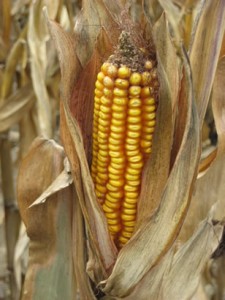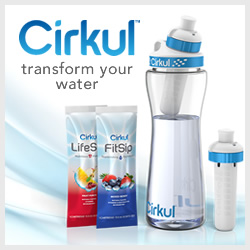 When Christopher Columbus discovered America, he also discovered corn. At this time corn was a major part of the diet of most native people living in North and South America. Though at this time, Europeans did not know about corn until he returned to Spain with samples. Within a few years the Spaniards had introduced maize (corn) around the Mediterranean.
When Christopher Columbus discovered America, he also discovered corn. At this time corn was a major part of the diet of most native people living in North and South America. Though at this time, Europeans did not know about corn until he returned to Spain with samples. Within a few years the Spaniards had introduced maize (corn) around the Mediterranean.
When corn was introduced to the countries of Africa it led to a serious imbalance in the diet of the African people. Soon the Africans became over reliant on corn and in return suffered from Vitamin B deficiency…Pellagra.
What is Pellagra?
Pellagra is a disease caused by having too little niacin (vitamin B3) or tryptophan (an amino acid) in the diet. It can also occur if the body fails to absorb these nutrients.
Some of the symptoms include sore skin, fatigue, mental disorders, diarrhea, inflamed mucous membranes, aggression, insomnia, sensitivity to sunlight, etc.
These Africans suffered from this disease from eating too much corn, though the native peoples of North and South America did not. Yet they were often heavily reliant on corn. How can that be?
Prevention is Proper Preparation
The native New World cultivators prepared there corn in the traditional way called “Nixtamalization”. This is the process of soaking the corn in “Lime” (an alkali). This lime is “Calcium Hydroxide” or “Pickling Lime”…not lime juice.
The corn treated with lime makes the niacin more nutritionally available to the body, thus reducing the chances of Pellagra.
When corn cultivation spread world-wide, this preparation method was not accepted because they did not understand the benefit. This is when Pellagra became more common around the world.
How to Make “Lime” Water
You will need:
– 1 large jar with lid (1/2-gallon or 2-quart size)
– Pickling Lime(found in most home canning sections of supermarkets)
Pour 1-inch of the pickling lime into the bottom of 2-quart jar. Fill the jar with filtered water. Stir well to completely distribute the powder throughout the water. Place lid on top of jar and allow the jar to stand, undisturbed overnight. This will allow the powder to settle. To use, carefully pour or ladle out the liquid (without disturbing the powder).
You can use this lime water as some of the liquid when making “soaked” corn bread, muffins, grits etc.


Speak Your Mind